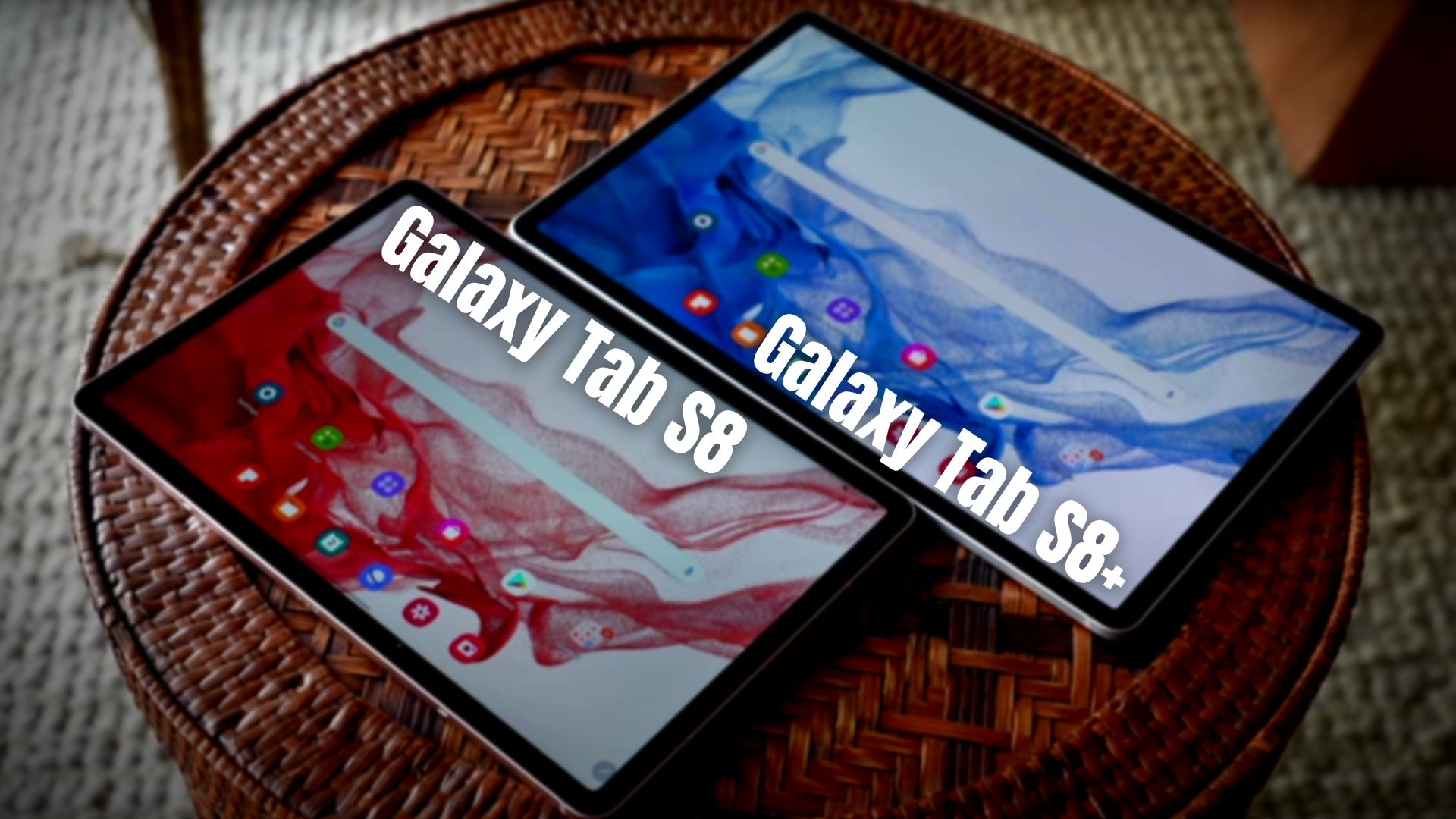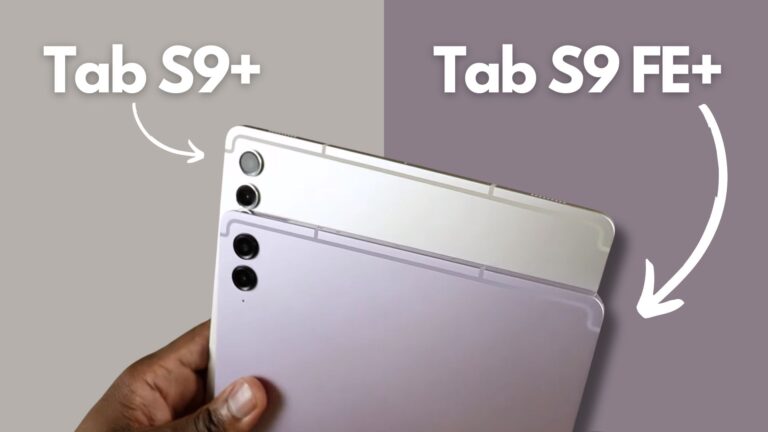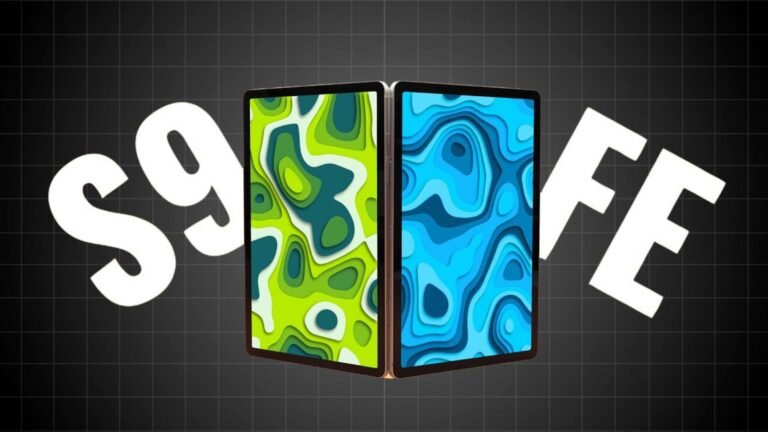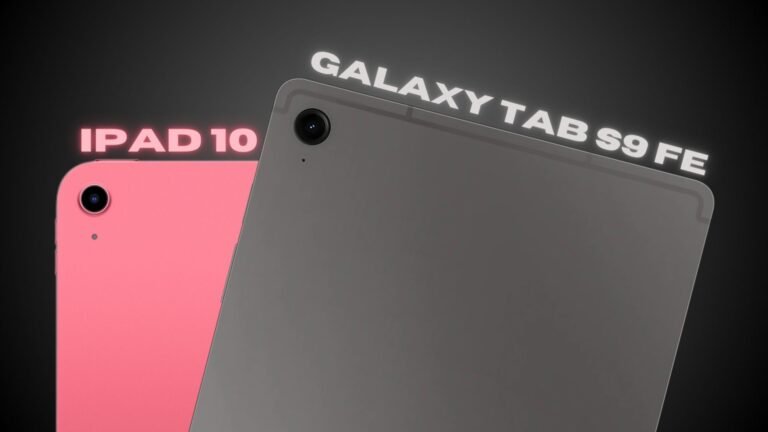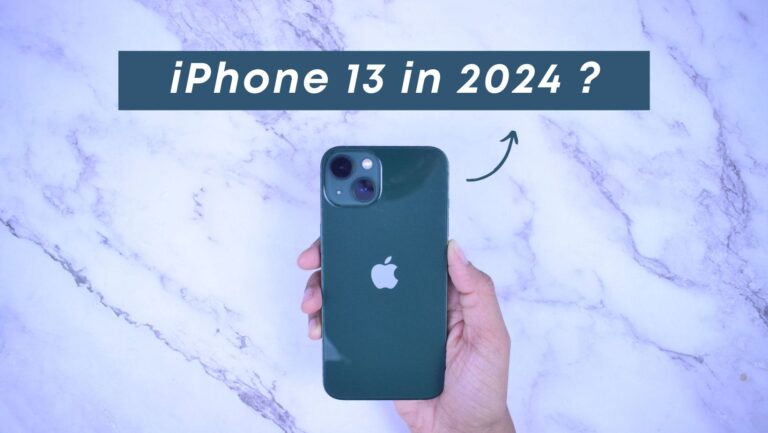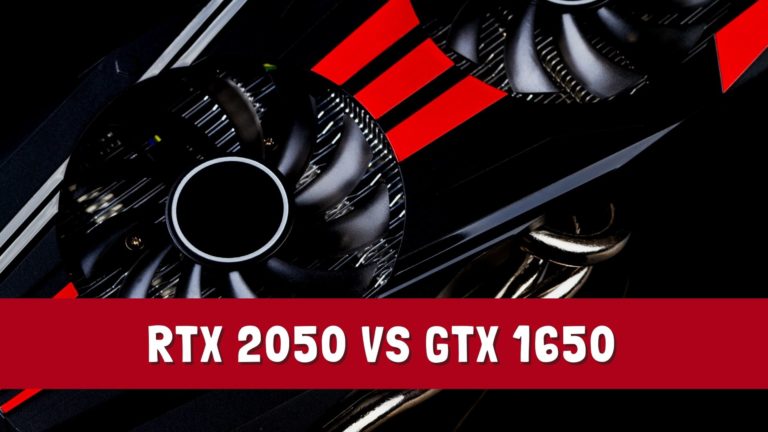It’s difficult to choose between the Tab S8 and the Tab S8+. There are a lot of features that overlap, but there are also some significant upgrades. So, at the end of the day, you must decide whether the Tab S8+ is worth the extra cash. The Tab S8 will cost $699 in the United States, while the Tab S8+ will cost $899. It’s a substantial increase in price. So let’s see what you get for your money by comparing them.
| Samsung Galaxy Tab S8 | Samsung Galaxy Tab S8 Plus |
 |  |
| BUY NOW | BUY NOW |
| PROS | PROS |
| High-end processor to ensure top-tier performance. S Pen stylus included in box. Accessories for potential small-scale laptop alternative. | Gorgeous display. Slim, elegant design. Includes S Pen. Better multitasking than other Android tablets. |
| CONS | CONS |
| Barely any different to Tab S7 predecessor – surely a savvy buy for less cash? Lacks OLED panel of Plus/Ultra models. | Expensive. Widescreen ratio isn’t ideal for a large tablet. Android still lacks tablet optimizations. |
Specs comparison
Let’s start with a quick comparison of specifications. Even though most of the fundamentals of each tablet are the same, there are a few differences to consider, such as screen size and technology, battery size and weight, and camera capabilities.
| Samsung Galaxy Tab S8 | Samsung Galaxy Tab S8+ | |
| SoC | Qualcomm Snapdragon 8 Gen 1 | Qualcomm Snapdragon 8 Gen 1 |
| RAM | 8GB | 8GB |
| Storage | 128/256GB with microSD slot | 128/256GB with microSD slot |
| Display | 11-inch 2560 x 1600 120Hz LTPS TFT | 12.4-inch 2800 x 1752 120Hz Super AMOLED (S8+) |
| Battery | 8,000mAh | 10,090mAh |
| Camera | 13MP + 6MP (Ultra Wide) with flash, 12MP front | 13MP + 6MP (Ultra Wide) with flash, 12MP front |
| Software | Android 12 with One UI 4 | Android 12 with One UI 4 |
| Networking | Wi-Fi 6E, Bluetooth 5.2 | Wi-Fi 6E, Bluetooth 5.2, 5G |
| Measurements | 253.7 x 165.3 x 6.35 mm, 1.10 lb | 284.9 x 184.9 x 5.5 mm, 1.27 lb |
| Misc | S Pen (in box), power button fingerprint scanner | S Pen (in box), in-display fingerprint scanner |
Display

Now, probably the first thing you’ll notice is that the Tab S8+ display is larger. And as you would expect from Samsung both displays are excellent, but they’re not the same.
The Tab S8 has an 11 inch TFT display with a resolution of 2,560 by 1,600, 120 Hertz adaptive refresh rate, and 264 pixels per inch. The Tab S8+ has a larger 12.4 inch Super AMOLED display with a higher resolution of 2,800 by 1,752. It’s 120 Hertz display. And it has a slightly lower pixel density of 266 pixels per inch.
In terms of size, there is no question that you get a noticeably larger image on the Tab S8+. Both have an aspect ratio of 16 by 10, and it makes them great for watching content because we’re getting pretty small black bars on the top and the bottom.
The high resolution of the Tab S8+ also means that when you’re surfing the web, when you’re using different apps, or even just navigating around the settings, you’re able to see more content without having to scroll. It’s also definitely an advantage when it comes to multitasking.
Now, the actual displays themselves are also different. So with the Tab S8+, we’re getting a higher Super AMOLED display with richer colors. We’re also getting an additional level of control over white balance which can help white continue to appear as white rather than yellow or blue.
The Tab S8 has a TFT display. It’s still a very nice display. It’s just not as nice as the one on a Tab S8+.
Design & Size

When it comes to design, the two tablets are nearly identical. Small bezels run the length of the device, with rounded corners and squared-off edges, four speaker grills, and a USB-C port for charging and accessories.
Both tablets now have two biometric authentication options. With the front-facing camera, we have facial recognition. Then there are various fingerprint sensor implementations. It’s built into the power button on the Tab S8. On the Tab S8+, there’s also a fingerprint reader built into the display. Both have worked well for me thus far. I prefer the position of the on-screen reader, but the one on the power button is more reliable.
The size difference is noticeable from an ergonomic standpoint. The Tab S8+ is an inch and a quarter (3.1 centimetres) longer and 0.8 inches (two centimetres) wider. And, because I always carry my tablet in a case and a backpack, the extra size makes little difference to me in terms of portability. However, if I’m playing a game that requires me to hold the tablet up without using my hands, I prefer the smaller Tab S8.
Hardware & Performance

Both featured the new Snapdragon 8 Gen 1 chip. It’s been extremely capable so far. I’ve used these tablets for basic things like surfing the web, and watching video, or social media. And then for more demanding things like multitasking, photo editing and gaming.
And both tablets are available at 128GB and 256GB of internal storage, and all models come with 8GB of RAM. So the nice thing is, you only need to choose the size of the internal storage and you’re gonna get the same amount of RAM, no matter what.
Now, if you need even more storage you can always use the micro SD card slot, and then expand the internal storage by up to 1TB, which should give you plenty of space. You can use this additional storage for files and you could also move a lot of apps from the internal storage to the micro SD card. It won’t work with every app but I’ve been able to move some large apps and games without having any issues and without any noticeable difference in performance.
Keyboard, Stylus, Productivity
The keyboard cases are one area where I did notice a significant difference between the two. Samsung now offers two book cover options: the original and the slim. So it will really come down to what you want and which one is the best fit for your needs.

This slim is a single piece that wraps around your tablet and it has a slot where you can store the S Pen when you’re transporting it, takes up less space on your desk when it’s set up but it also doesn’t have a touch pad and the S Pen is not protected if you keep it on the back where it can charge.
The regular book cover keyboard consists of two parts, the keyboard itself and then the back. It has a touch pad, which I find very useful. A flap on the back of the S Pen protects it. I also like that the back of the keyboard can be separated from the keyboard. As a result, I can use either of these tablets as a tablet while still protecting the back and S Pen.
However, in both cases, I’m going to give the Tab S8+ the upper hand because the keyboard cases are larger and more comfortable to type on.

The good news is that the S Pen is included with both. As a result, there is no need to spend any additional funds. I now use a stylus on a daily basis, and I appreciate Samsung including one with both of these devices. It gives me a lot of pleasure to write and draw with it. Both come with a Bluetooth-enabled S Pen. As a result, you can use gestures to control media playback, the camera, and a few other functions.
There are some amazing multitasking capabilities with either of these if you want to be even more productive. You can have two apps open at the same time. It’s even possible to add a third app. Even with a slew of browser tabs open at the same time, the new processor performs admirably.
If you prefer a desktop-like interface, both of these can be started in DeX mode, which will give you an actual desktop with icons, a task bar, and resizable floating windows. It can be used with keyboard cases or with an external keyboard, mouse, and monitor to create a powerful dual display laptop or desktop replacement. So, when it comes to multitasking DeX or second screen, I’ll give the Tab S8+ the edge because the larger and higher resolution display allows you to do more.
Camera & Speakers
The camera systems are identical. We’re getting rear facing 13 megapixel wide, a 6 megapixel ultra wide, and then a 12 megapixel front-facing ultra wide camera.
Both tablets have an auto framing feature that detects a subject and zooms in and out to keep it properly framed as it moves around. This is a feature that you’ll love if you’re someone who makes video calls while not always sitting in front of your tablet.
Both tablets come with four AKG tuned speakers with Dolby Atmos support, and these speakers are fantastic. In terms of distortion at full volume, I think the Tab S8+ has a slight advantage.
Now, if you’re a user who wants to use these speakers to watch content, listen to music, or play games, you’ll love both of these.
Battery & Pricing
In terms of battery life, the Tab S8 has an 8,000 milliampere hour battery versus a 10,090 milliampere hour battery on the Tab S8+. Both of these items easily last me a full day of normal use. Gaming, on the other hand, is the one thing that always drains my battery. It all came down to which game I was playing when it came to deciding which of these I preferred.
Now you should see how the Tab S8 compares with the iPad Air 4.
Samsung Galaxy Tab S8 Prices
| RAM / Storage | Connectivity | US price | UK price | EU price |
| 8/128GB | Wi-Fi | $699.99 | £649 | €750 |
| 8/128GB | 5G | NA | £799 | €900 |
| 8/256GB | Wi-Fi | $779.99 | £699 | €800 |
| 8/256GB | 5G | NA | £849 | €950 |
Samsung Galaxy Tab S8 Plus Prices
| RAM / Storage | Connectivity | US price | UK price | EU price |
| 8/128GB | Wi-Fi | $899.99 | £849 | €950 |
| 8/128GB | 5G | TBC | £999 | €1,100 |
| 8/256GB | Wi-Fi | $979.99 | £899 | €1,000 |
| 8/256GB | 5G | TBC | £1,049 | €1,150 |
